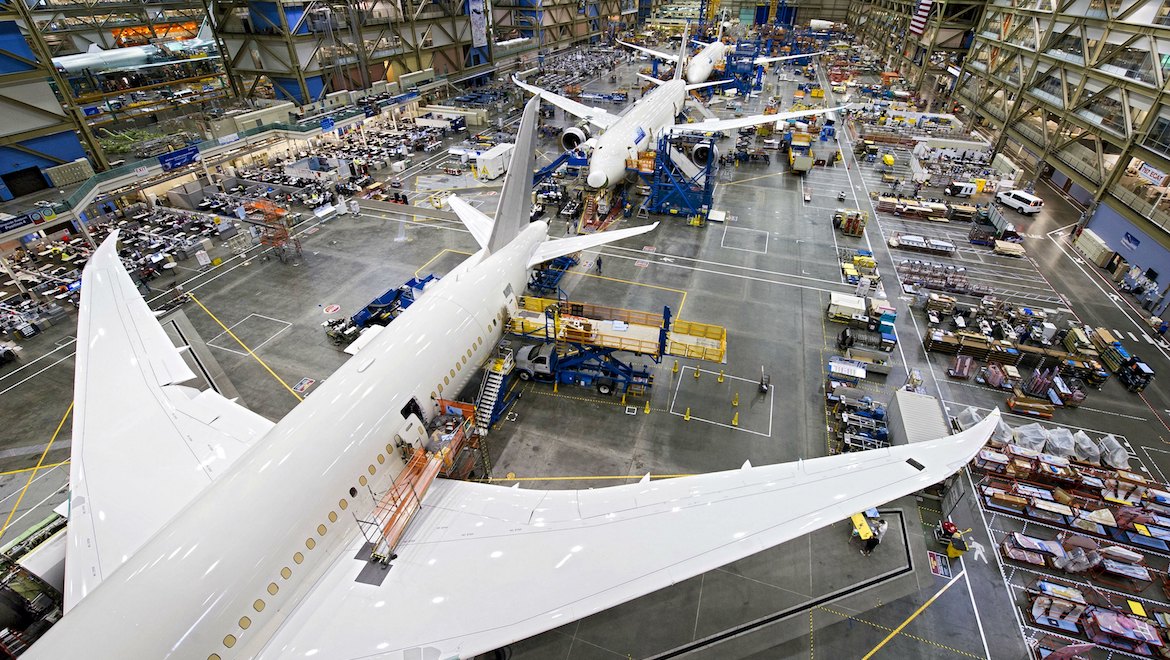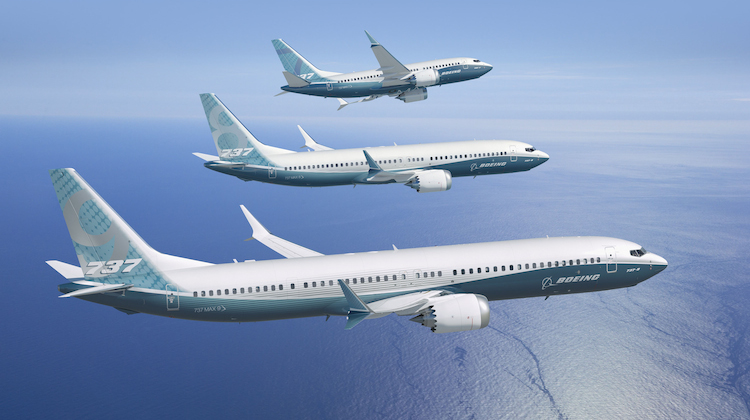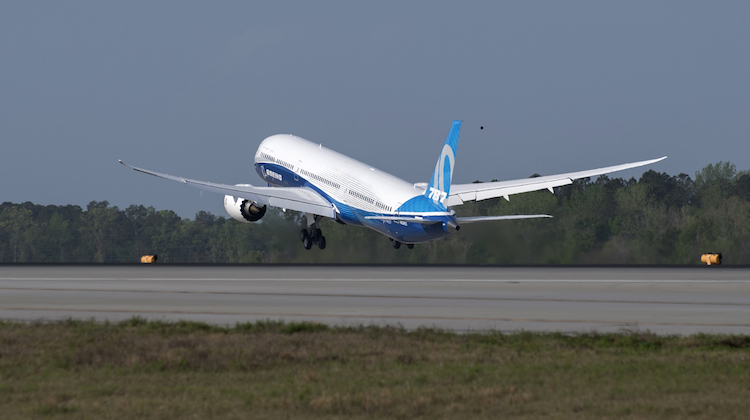
Boeing says the airlines of Oceania will require 820 new aircraft in the two decades ahead to meet the demand for air travel led by passenger growth into and out of the region.
The manufacturer’s outlook covering Australia, New Zealand and the nations of the South Pacific is a decline of 50 aircraft from the 870 new aircraft deliveries for the region in the 2018-2037 Current Market Outlook (CMO).
Boeing Commercial Airplanes senior managing director for marketing Darren Hulst noted aviation played a key role in the the travel and tourism sectors, which have become an increasingly significant contributor to economic growth or gross domestic product (GDP).
“About 11 per cent of Australia’s economy is travel and tourism – 12 per cent of jobs – and we see that growing faster than GDP growth over time,” Hulst told reporters in Sydney on Wednesday.
“Aviation will continue to have an increasing role in enabling economic growth but also supporting more and more tourism, more and more travel, whether that be for tourism or for leisure in this marketplace.”
The Boeing forecast said the 820 new aircraft comprised 10 in the regional jets segment, 560 in the single-aisle segment, 250 in the widebody segment and nil in the freighters segment.
The only change from the prior year’s CMO was in the widebody segment, which was reduced by 50 aircraft from 300 previously.
While a 16.7 per cent reduction in widebody demand would seem, on the surface, statistically significant, Hulst said the bulk of the change was the decision to reallocate expected aircraft deliveries to other regions due to the way the CMO now treated airline affiliates.
He cited the example of the Jetstar group of carriers, which has operations in Australia and New Zealand, Japan, Singapore and Vietnam.
“We used to forecast our aircraft based on where the parent company was domiciled,” Hulst explained.
“For example Jetstar in Japan and Vietnam would be considered Oceania. Now, we’ve adjusted that to really focus on where the airplanes will be flying.
“That’s moved some of the demand out of the region but it hasn’t changed the nature of the demand, it just moved it to its rightful home.”
The improved operating performance of new single-aisle aircraft was also a factor as aircraft such as the Airbus A321LR and 737 MAX were being deployed on longer sectors.
Hulst noted more than half of the capacity today in Australia was on single-body aircraft such as 737 and A320 family of aircraft.
“Both of the fleets have seen an increase in the last decade of over 50 per cent,” Hulst said.
“Widebodies are being de-emphasised regionally because of the flexibility of these single-aisle aircraft.
“We will continue to see that because of the versatility of these fleets and going forward, both from an industry perspective and also here in the region, we continue to see a slow creep upward in terms of the average capacity.”

Hulst said the average number of seats on a single-aisle aircraft a decade ago was about 140 seats. Today the figure was closer to 155-160 seats.
This was achieved via upgauging and adding more seats onto existing aircraft.
In terms of the fleet composition, the number of aircraft in Oceania was expected to grow by about 60 per cent from 550 today to 920 by 2038.
Some 450 aircraft would be replaced, with 370 new aircraft joining the fleet for growth. Finally 100 aircraft flying today will still be in the skies in two decades’ time, according to Boeing estimates.
The split between growth and replacement for Oceania was at odds with the global CMO forecast, which showed 56 per cent of all aircraft deliveries would be for growth and 44 per cent to replace older airframes.
“Market fragmentation is the main driver behind Oceania’s modest passenger growth as airlines utilize new smaller and highly efficient widebody airplanes to increase city-pair growth to international destinations,” Boeing’s CMO said.
The bulk of the growth in passenger traffic for Oceania, which Hulst described as a very stable, mature market, was likely to be for travel into and out of the region, which was expected to grow by between three and four per cent a year.
“More inbound traffic, more outbound traffic, more medium and long-haul traffic, which is driving that growth rate higher,” Hulst said.
“The inter-regional markets to and from Oceania are the ones that have seen the biggest growth and likely will see the fastest growth going forward.
“We see a lot of opportunity for continued expansion in these markets.”
This compared with average annual growth of one to two per cent a year over the past five years in the domestic and trans-Tasman markets of Oceania.
The Boeing CMO, first published in June, estimated that over the next 20 years airlines would need 44,040 new aircraft worth some US$6.8 trillion. This was up from 42,730 aircraft in the prior year’s outlook.

777-8X production
Meanwhile, Hulst said Boeing was continuing to develop the specific timing of when the 777-8X would enter service, having pushed back the timetable for the program from 2022 to an unspecified future date in August.
“Our timetable on the 777-8 obviously is still under consideration for when it actually enters service,” Hulst said.
“I would say we are absolutely committed to the 777-8 as a product and as a model but it is really more of when the combination of the demand from our customers and how it aligns with the design and production system for the 777-X as a program.
“I don’t have a specific date but we absolutely are committed to the 777-8 and think that it provides unique product capability that nothing else can in the market.”
The 777-8X was one of the aircraft under consideration for Qantas’s Project Sunrise, which sought an aircraft able to operate nonstop from Australia’s east coast to London and New York, among other cities.
Airbus has put forward its A350 platform for Qantas’s consideration.
With the 777-8X not available by Qantas’s projected 2023 start date, Boeing has said previously it had offered a compelling offer to account for the new timetable for the aircraft.
The airline has said previously it would decide whether to proceed with Project Sunrise by the end of calendar 2019.















